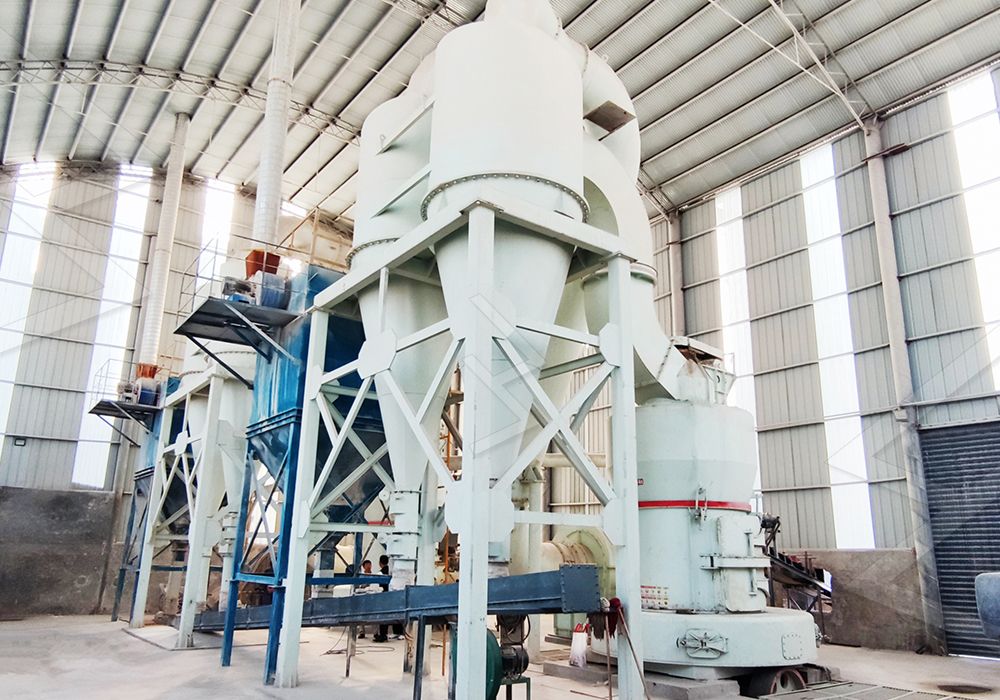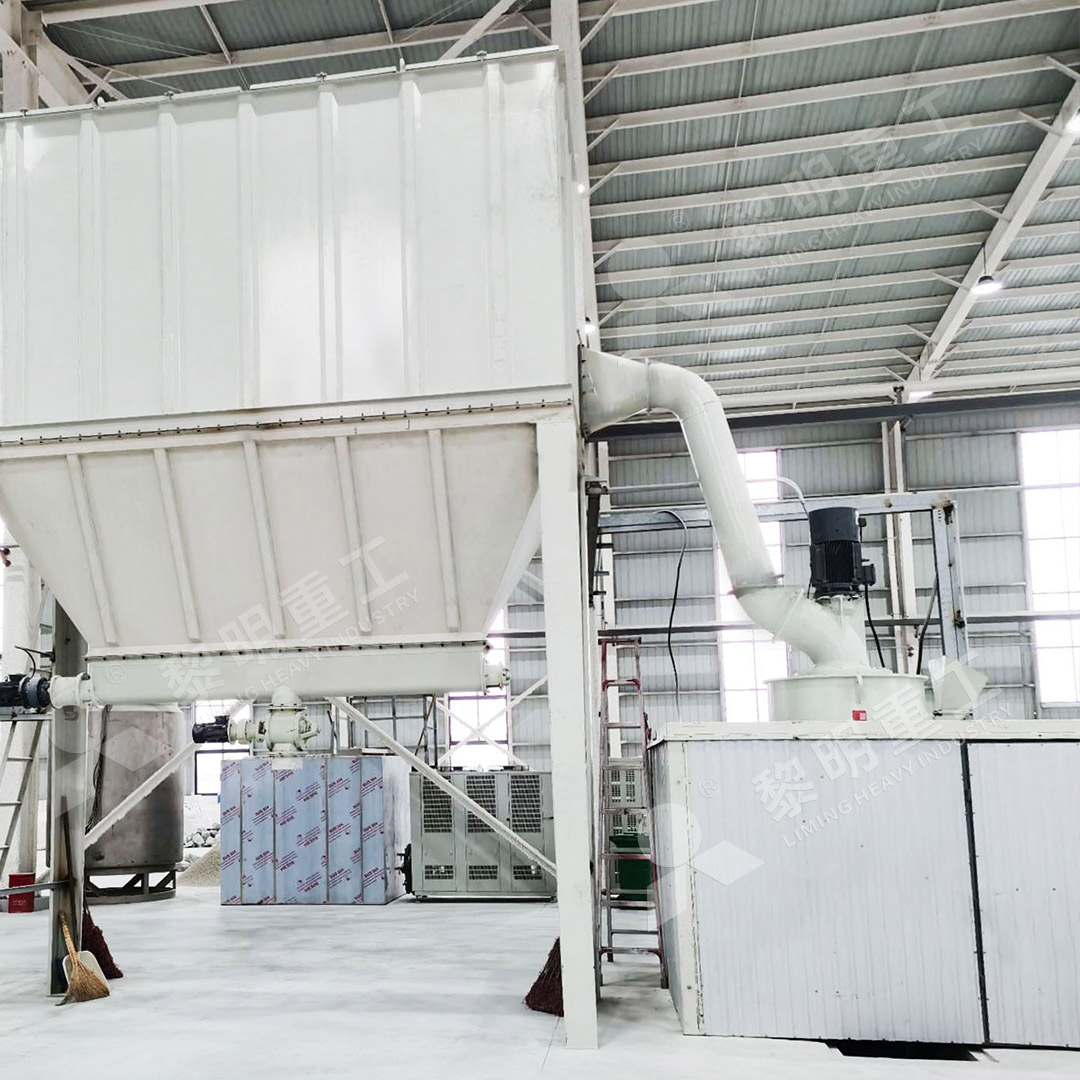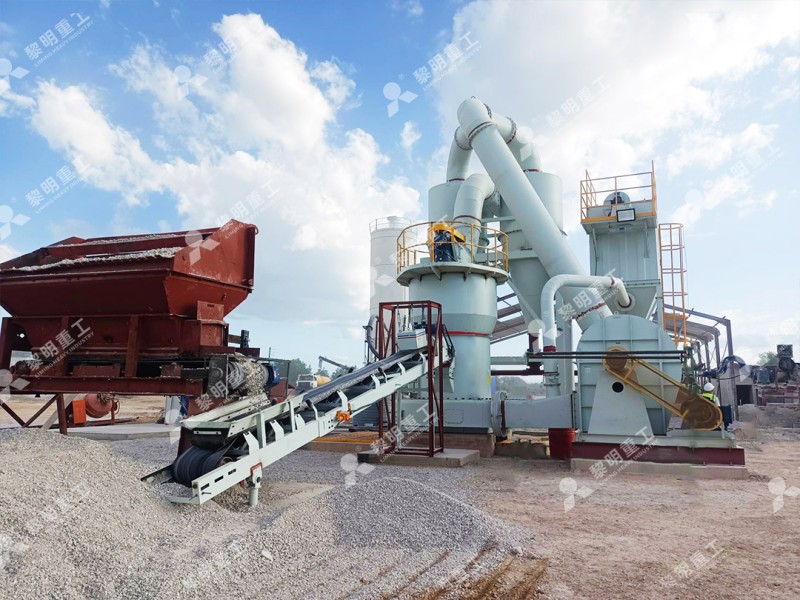Complete Production Line for Grinding Dolomite into Fine Powder
Complete Production Line for Grinding Dolomite into Fine Powder
Dolomite, a calcium magnesium carbonate mineral, has become increasingly valuable across numerous industries when processed into fine powders. From construction materials to agricultural supplements and industrial fillers, the demand for precisely ground dolomite continues to grow. Establishing an efficient production line requires careful consideration of material characteristics, desired fineness, and operational efficiency.

Understanding Dolomite Processing Requirements
Raw dolomite typically requires primary crushing to reduce large rocks to manageable sizes before grinding operations. The hardness of dolomite (3.5-4 on Mohs scale) makes it suitable for various grinding technologies, but the specific application dictates the final particle size distribution. Construction applications may require 80-200 mesh powders, while fillers for plastics or paints often need ultrafine particles measuring 325-2500 mesh.
The complete production line integrates several key components: primary crusher, feeding system, grinding mill, classifier, dust collector, and packaging system. Each element must be properly sized and matched to ensure smooth operation and consistent product quality.
Advanced Grinding Solutions for Superior Results
When processing dolomite to fine and ultrafine specifications, traditional ball mills often prove inefficient due to high energy consumption and limited fineness control. Modern grinding technologies offer significant advantages in precision, efficiency, and operational costs.
For operations requiring high-capacity production of fine dolomite powders, our MW Ultrafine Grinding Mill represents an ideal solution. This advanced system handles input sizes up to 20 mm with production capacities ranging from 0.5 to 25 tons per hour. The MW series particularly excels in producing powders between 325-2500 meshes, making it perfect for high-value dolomite applications in chemicals, paints, and cosmetics.

The innovative design of the MW mill eliminates rolling bearings and screws within the grinding chamber, significantly reducing maintenance concerns and potential contamination. Combined with its efficient pulse dust collection system, this equipment ensures environmentally responsible operation that meets stringent international standards.
Optimizing Production Line Performance
Beyond selecting the appropriate grinding mill, several factors contribute to an efficient dolomite powder production line:
- Material Handling: Proper feeding systems ensure consistent material flow to the grinding mill, preventing bottlenecks and optimizing throughput.
- Classification Efficiency: Advanced classifiers separate particles by size, returning oversize material for regrinding while directing finished product to collection.
- Dust Control: Comprehensive dust collection systems protect both workers and equipment while maximizing product recovery.
- Automation: Modern control systems monitor and adjust operations in real-time, maintaining consistent quality while reducing labor requirements.
For operations requiring different specifications, our LUM Ultrafine Vertical Grinding Mill offers another excellent option with input sizes up to 10 mm and capacities of 5-18 tph. Its unique roller shell and lining plate grinding curve design generates material layers more effectively, achieving high rates of finished products through single-pass milling.

Economic and Environmental Considerations
Modern dolomite grinding facilities must balance production efficiency with environmental responsibility. The MW Ultrafine Grinding Mill addresses both concerns through its higher yielding and lower energy consumption design. Compared to traditional jet grinding mills, the MW series achieves 40% higher production capacity with the same fineness and power, while system energy consumption is reduced to just 30% of jet mill operations.
The integration of silencers and noise elimination rooms further demonstrates the commitment to sustainable operations, ensuring compliance with workplace safety standards and community environmental expectations.
Frequently Asked Questions
What is the typical production capacity for a complete dolomite grinding line?
Production capacities vary based on equipment selection and final product specifications. Our MW Ultrafine Grinding Mill offers capacities from 0.5 to 25 tph, while other models in our portfolio can handle up to 340 tph for larger operations.
How fine can dolomite be ground using your equipment?
The MW Ultrafine Grinding Mill can produce dolomite powders ranging from 325 to 2500 meshes, with the capability to achieve d97≤5μm in a single pass. The adjustable fineness allows operators to tailor products to specific market requirements.
What measures are in place to control dust during processing?
Our grinding systems incorporate efficient pulse dust collectors that prevent dust pollution throughout the entire milling process. The closed-system design, combined with advanced filtration, ensures minimal environmental impact and maximum product recovery.
How does the energy consumption compare to traditional ball mills?
The MW Ultrafine Grinding Mill reduces energy consumption by approximately 60-70% compared to traditional ball mills while achieving higher production rates and finer product specifications.
What support do you provide for spare parts and maintenance?
We maintain sufficient supplies of original spare parts and provide comprehensive technical support to ensure worry-free operation. Our global service network offers prompt assistance for maintenance needs and operational optimization.
